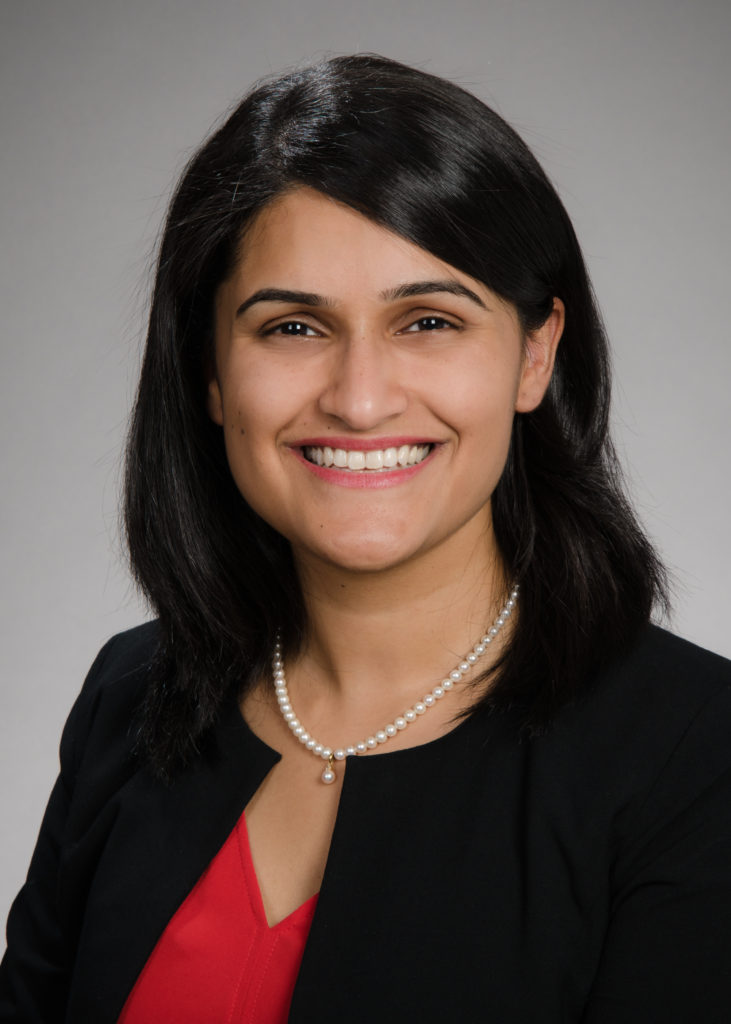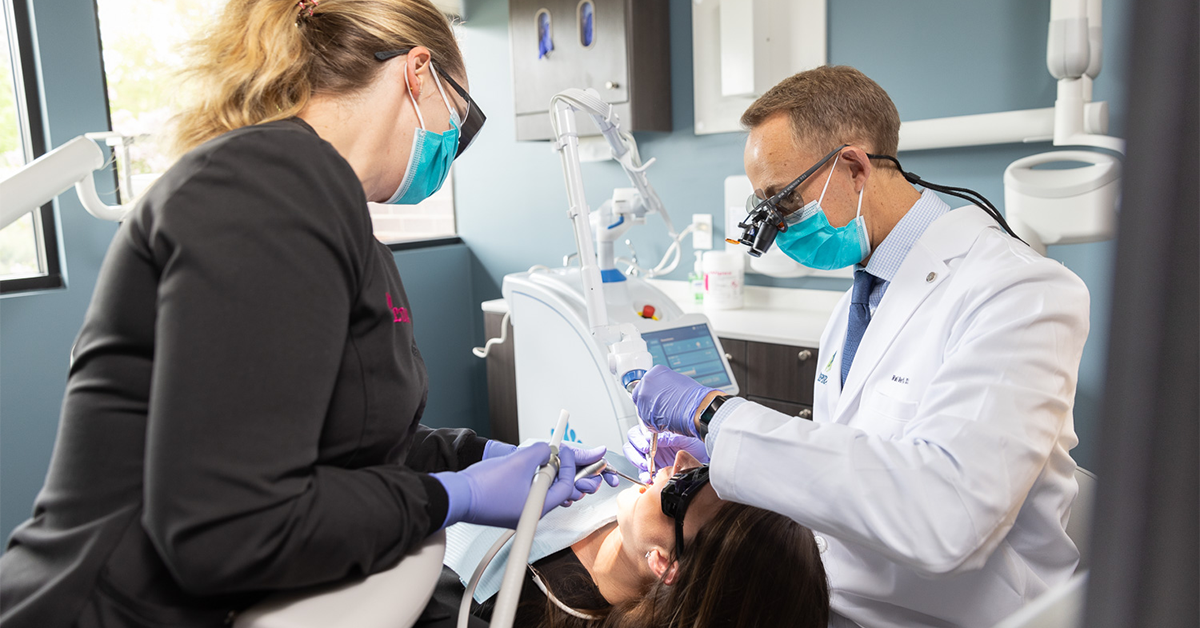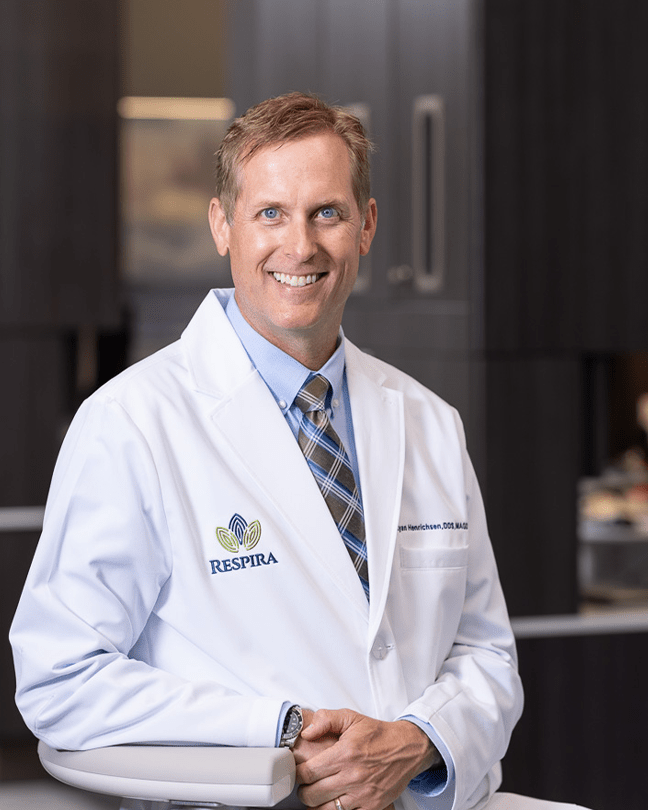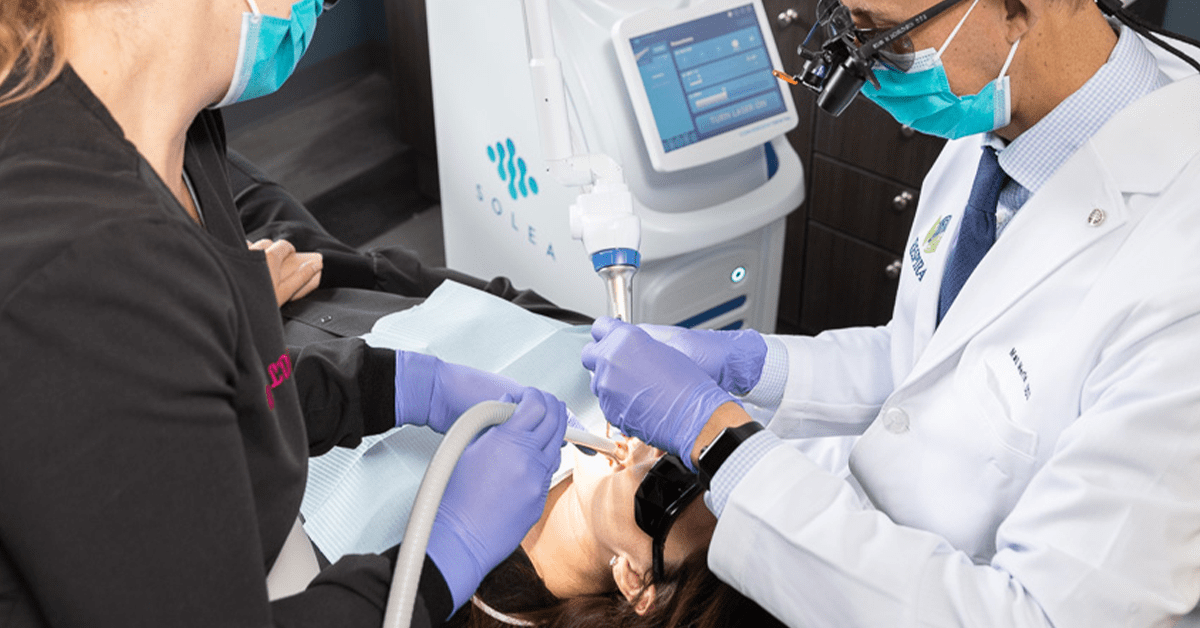By Steve Diogo

Clinical excellence is the foundation of every successful dental practice. But effective communication is the archway that leads patients to your practice, sells the treatment and services you offer, and builds loyalty. And communication, like clinical skills, can be improved with technology.
Today’s best communication tech for dental practices features three critical elements: integration, flexibility, and ease of use. From cloud-based phone and email systems that automatically fetch patient information from your practice management software, to integrated 2-way texting and teledentistry, dental teams have never had more ways to connect with their busy, on-the-go patients to improve scheduling, reduce no-shows and boost case acceptance.
In this post, we’ll highlight the powerful, affordable tech that can empower dental teams and improve communication to drive healthy schedules and improve treatment acceptance, all while streamlining workflows and lowering overhead.
Want to read this later? Download the Dental Tech Brief: Phone Systems to discover how the right technology can move every patient conversation toward action.
Here’s what you can expect from the best dental practice phone systems.
Smart phone? Try genius phone.
With all the equipment, materials and technology in your practice, you probably don’t spend too much time thinking about your phone. Pick it up, make a call. Most likely, leave a voicemail. So unless it breaks, there’s not much to think about.
It’s time to change that. Today your phone system can give you more control over your schedule, more flexibility in your day, and more information to have more productive conversations with your patients.
Today’s best dental phone systems are smart communication hubs that provide powerful features and deep integration with your practice management systems. This integration allows you to immediately access real-time patient information on every caller, such as upcoming and past appointments, treatment plans, personal notes, and even payment history.
RevenueWell Phone, a phone system designed specifically for dental practices, integrates with your practice management software to automatically display patient information on your computer screen when a patient calls. Think of it as a supercharged caller ID. Having this information in front of you means you can focus on the conversation instead of searching for it while you’re talking. That ability to focus, combined with the critical information you need, means you’re much better equipped to turn that phone call into an opportunity to schedule treatment or prompt your patient for payment on her balance.
Flexibility and ease of use
You have enough complexity running your practice on a daily basis. Your phone should simplify that complexity, not compound it. Many practice teams have implemented VoIP phone systems that promise ease of use, but in fact require assistance to manage the backend software that runs them.
RevenueWell was determined to change this when it released its new dental phone system. RevenueWell Phone features a simple interface that allows dental teams to quickly customize outgoing messages, call routing rules, and special messages and handling for lunch times, holidays, out-of-office rules and more. All can be changed with a few mouse clicks in its intuitive software. The system’s mobile app allows dental teams to access and manage the system any time from anywhere, providing dentists and teams with unbridled flexibility.
Finally, support is a critical issue when considering a phone system. As the lifeline of your practice, your phone system needs to work optimally. RevenueWell backs its new phone system with its industry leading white-glove support, so teams can quickly get up and running with no stress.
RevenueWell Phone ushers in a new age of practice communication, one in which you have the information you need when you need it without having to look it up. That means you can focus on the conversation—not the keyboard—and drive more productive and profitable conversations with your patients.





Recent Comments